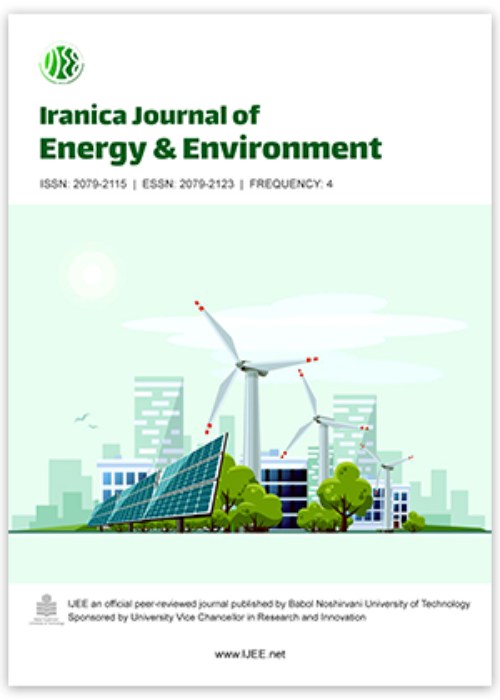Assessment of Microbial Indicators of Water Resources in KooheHava and TangeKhoor Free Area
Author(s):
Article Type:
Research/Original Article (دارای رتبه معتبر)
Abstract:
In the wildlife management, maintaining water quality and quantity, especially in areas that are faced with relative constraints of water resouces, are considered as one of the planning pillars. Natural springs and artificial troughs in the KooheHava and TangeKhoor Free Area are the only sources of water suppliers for wildlife of the area. The aim of this study was to investigate the microbial indices of water resources used by wildlife in this areas and to compare them with the Iranian national standard limit. In this study, 12 water sources including ten springs and two troughs were selected and sampling was carried out in two seasons of summer and autumn of 2020 and three samples from each water resources and a total of 72 samples were collected throughout the study period and the parameters of total coliform, fecal coliform, temperature, turbidity and pH were measured. The data were analyzed by One sample t-test, Paired sample t-test, Independent sample t-test, analysis of variance and Spearman correlation matrix. The results showed that the means of total coliform were higher than the standard limit in all samples with the exception of no. 4 and 12 springs and the means of fecal coliform were higher than the standard limit in all samples with the exception of no. 2, 4, 8, 10, 11 and 12 water resources both during summer and autumn. In summer, with increasing evaporation, the amount of pollution load of water resources was higher than autumn. However in autumn, the number of polluted water resources was higher which was due to the transmission of microbial contaminations caused by human and animal feces via rain. The results of correlation showed a decrease or an increase in turbidity, temperature or pH did not affect the amount of coliforms because despite the strong correlation between total coliform and fecal coliform, no correlation was found between them and physicochemical factors of water. Therefore, considering the temporal and spatial variability of fecal coliforms and their effect on disease, death and reduction of wildlife populations, optimizing and disinfection of water resources with chlorine and dredging them are recommended.
Keywords:
Fecal coliform , KooheHava , TangeKhoor , Spring , Total Coliform , trough
Language:
English
Published:
Iranica Journal of Energy & Environment, Volume:14 Issue: 3, Summer 2023
Pages:
240 to 251
magiran.com/p2567715
دانلود و مطالعه متن این مقاله با یکی از روشهای زیر امکان پذیر است:
اشتراک شخصی
با عضویت و پرداخت آنلاین حق اشتراک یکساله به مبلغ 1,390,000ريال میتوانید 70 عنوان مطلب دانلود کنید!
اشتراک سازمانی
به کتابخانه دانشگاه یا محل کار خود پیشنهاد کنید تا اشتراک سازمانی این پایگاه را برای دسترسی نامحدود همه کاربران به متن مطالب تهیه نمایند!
توجه!
- حق عضویت دریافتی صرف حمایت از نشریات عضو و نگهداری، تکمیل و توسعه مگیران میشود.
- پرداخت حق اشتراک و دانلود مقالات اجازه بازنشر آن در سایر رسانههای چاپی و دیجیتال را به کاربر نمیدهد.
In order to view content subscription is required
Personal subscription
Subscribe magiran.com for 70 € euros via PayPal and download 70 articles during a year.
Organization subscription
Please contact us to subscribe your university or library for unlimited access!


